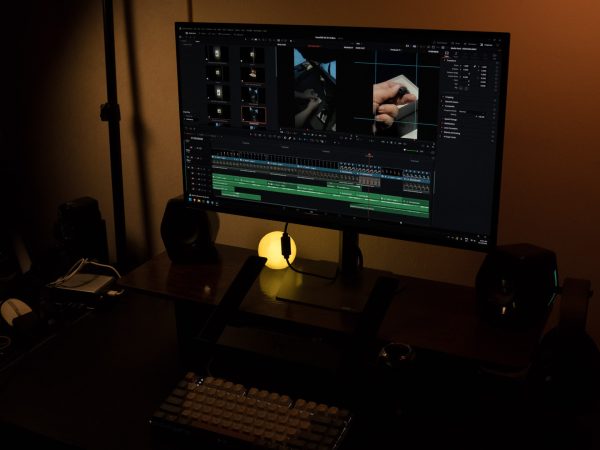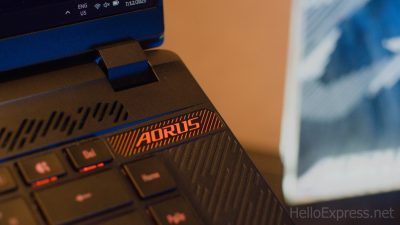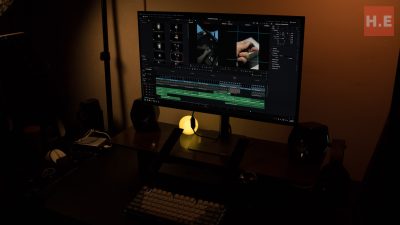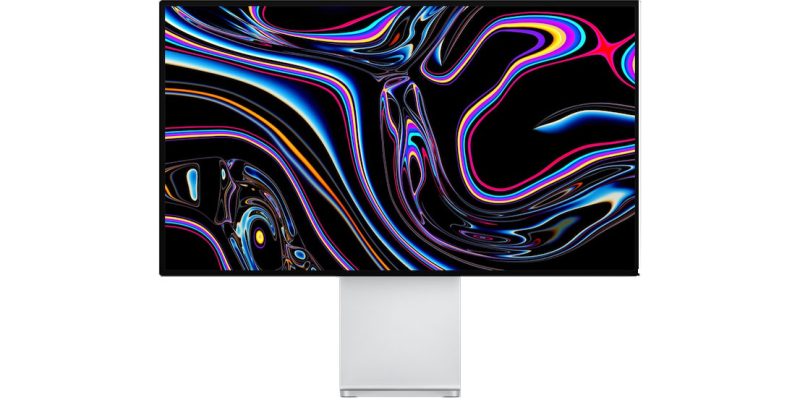
IPS, VA or TN monitors — which is the one for you?
If you are shopping for a monitor, I am pretty sure that you have seen these terms: IPS, VA and TN. Here’s a quick guide to what’s what, and to help you decide on which panel type is best for you and your usage needs. Obviously, each LCD technology has its own perks, so we need to talk about the key pros and cons of each.
IPS vs VA vs TN

Here’s a short table that will be an easy cheat sheet for you to refer to if you are lazy to read through the whole article:
| IPS | VA | TN | |
| Contrast | Good | Best | OK |
| Viewing angles | Best | Good | Just no |
| Color accuracy | Best | Good | OK |
| Response time | Good | OK | Best |
Before we get started, let’s get acquainted with the full names of IPS, TN and VA:
- IPS – In-plane switching
- TN – Twisted nematic
- VA – Vertical alignment
As you can see, the names refer to how the liquid crystals in the panels block/allow the light to pass through. For IPS, we have the crystals parallel to the glass, and they rotate in-plane. With TN, the crystals twist, and for VA, the the crystals are vertically aligned, and tilt to let light through.
For hardcore gamers: TN

In general, for the best gaming performance, TN panels are recommended. They have excellent response time, which means less motion blurring. Having less motion blurring definitely helps when aiming as you won’t get a ghost behind (or ahead) of the target when they are moving fast on screen. I honestly noticed the difference quite substantially when I moved from TN to VA, even though I wasn’t a serious gamer.
It is worth noting that we can only compare like this when we are discussing the same price range, as there are IPS panels that will outperform TN panels in this aspect, but just not at the same price range. But I digress. TL;DR, TN panels are fast.

The drawback of TN panels are their poor viewing angles, but as a gamer you won’t be looking at the display off-angle anyway. You will most probably be seated directly facing your monitor, with your eyes peeled to spot the slightest movements in the distance. And you do get good-ish horizontal range, just absolutely horrendous vertical viewing angles, so you should be fine. Color response and accuracy is also less of a concern to you, which makes TN perfect for gamers. I must also mention that recent cheap TN panels can actually deliver close to 100% sRGB with stunning accuracy, once calibrated.
TL;DR: TN is for gamers who want the fastest panels, with no concern for viewing angles.
For curved screen enthusiasts: VA

VA delivers the best contrast among the three panel types here, with deeper blacks than both IPS and TN. In terms of colors and viewing angles, VA come very close to IPS, which when combined with the deeper blacks, make them great for watching movies on. In fact, if you put a similarly priced VA panel beside an IPS panel, you might actually end up preferring the VA one at first glance.
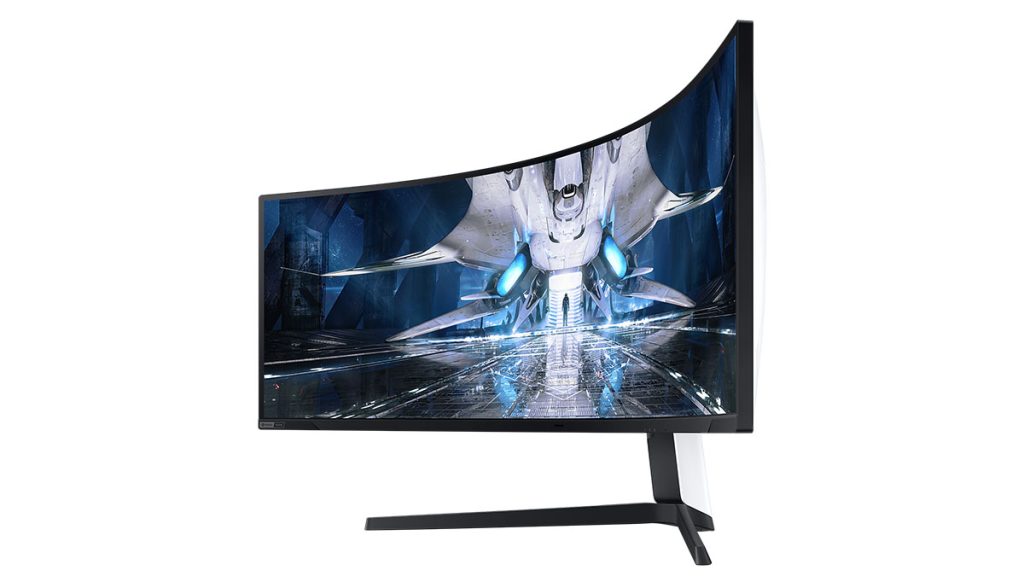
But why did I say that VA is for curved screen enthusiasts? That’s because most VA panels in the market now. Whether you enjoy a curved screen really depends on what you are doing, as curved panels can enhance immersion in movies and games, but can be an annoyance for editing photos as they can throw off your perspective. Now there are curved IPS panels, but let’s leave that for later.
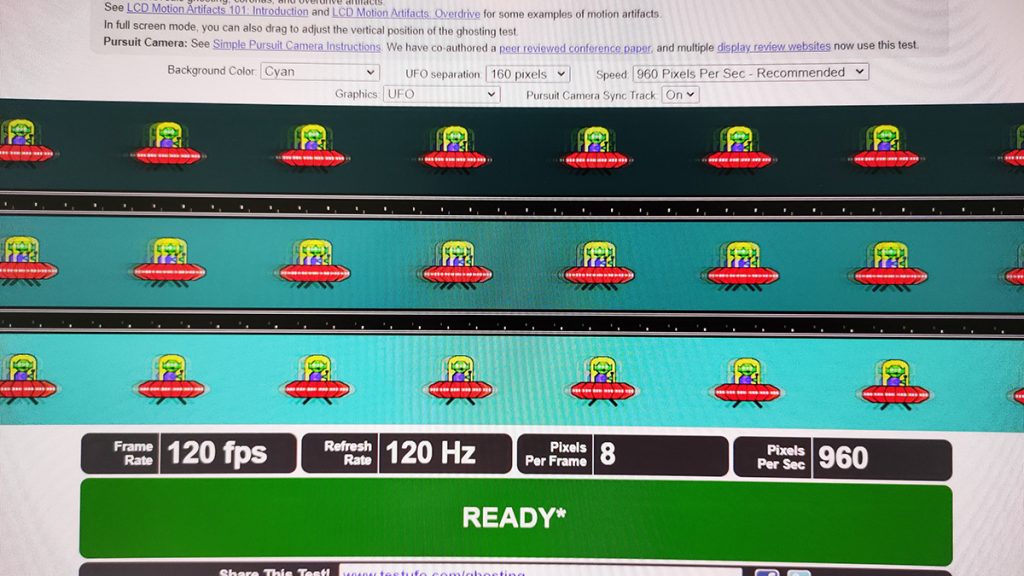
The main weakness of VA panels are slower response times which results in ghosting, which makes them less suitable for gamers, but with panel overdrive, most of us will probably be unable to differentiate VA from IPS. Recent high-end gaming monitors like the Samsung Odyssey G9 NEO are based on VA, with a 1ms response time and a 240Hz refresh rate. They also added Quantum Mini LED backlighting to further enhance the contrast and color response to achieve 95% DCI-P3.
TL;DR: VA is a valid alternative to IPS, but cheaper panels will suffer from slow response times.
For everyone else: IPS
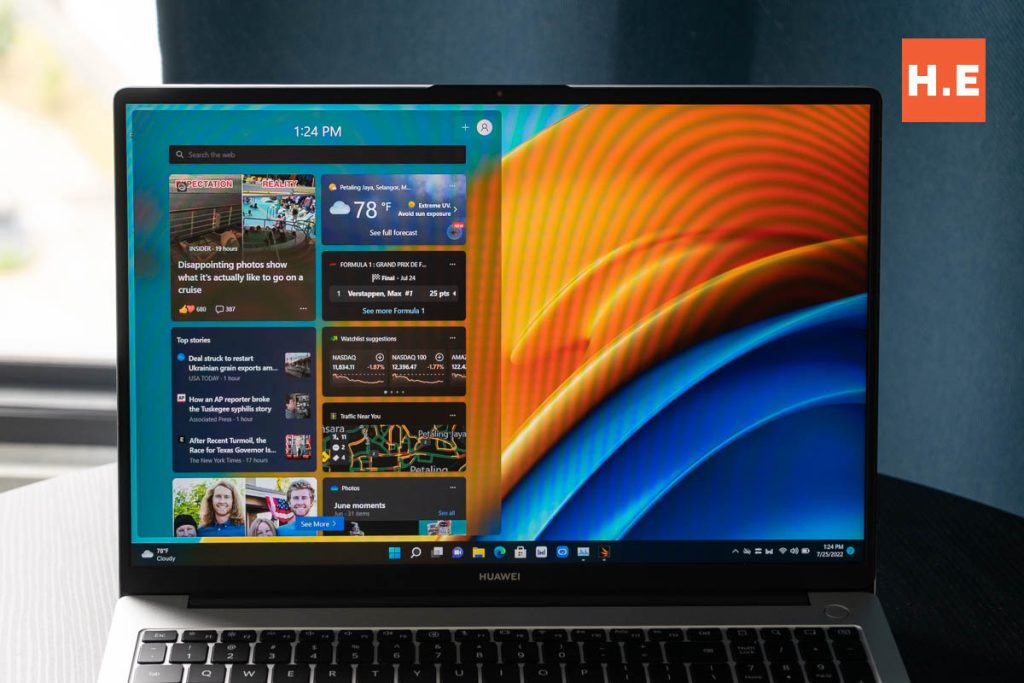
We are now looking at the all-rounder. IPS has the best gamut coverage, color accuracy and also viewing angles, which makes them great for just about everyone. There are bad IPS panels out there that top out at 62.5% sRGB (looking at you, ASUS) but in general most monitors go way beyond that nowadays, with the better ones even covering 100% DCI-P3. Response times are slower than TN in general, but they still beat VA which is at the bottom of the group.
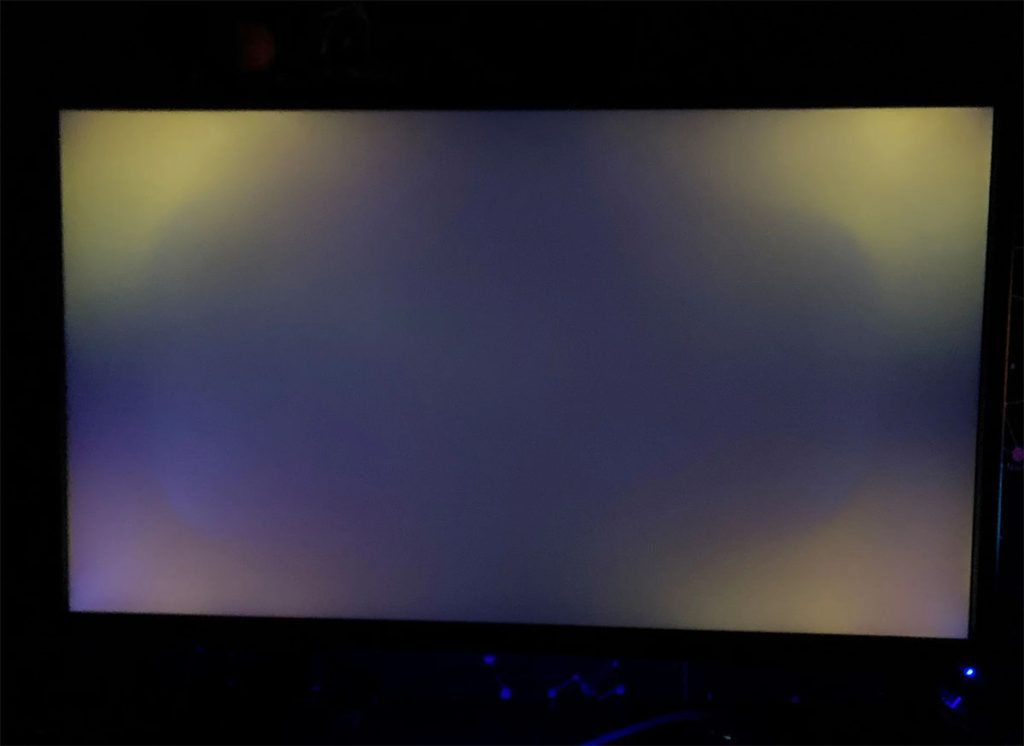
The main weakness of IPS is something dubbed “IPS Glow” where the corners are glowing when a dark image is on screen. This generally affects cheaper or older panels, and is less of an issue nowadays. On top of this, we also generally get lower contrast ratios from IPS panels as compared to VA. There are a lot of technologies out there to try to circumvent this like mini LED backlighting and Quantum Dot, but they do add to the cost as well.
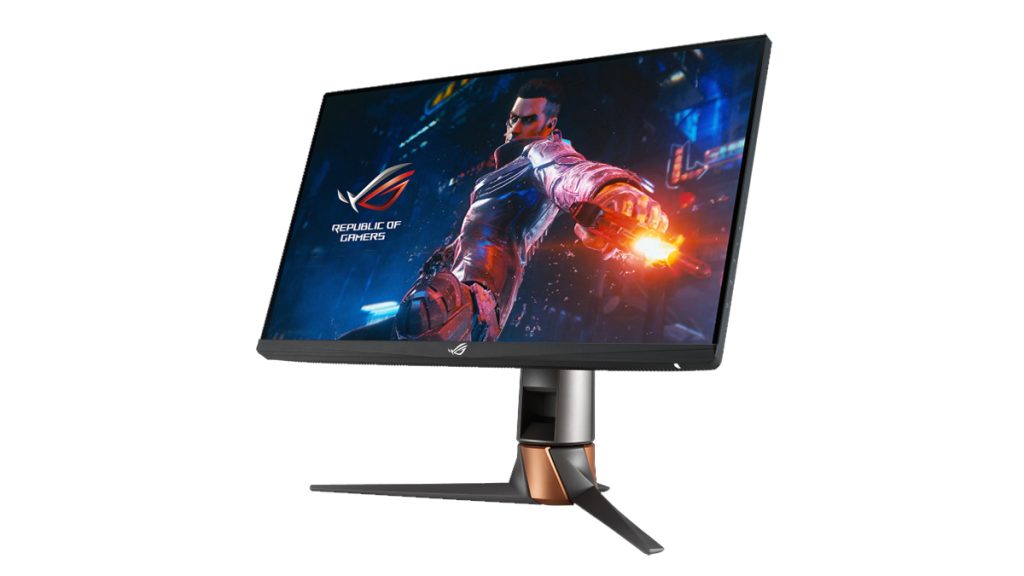
There are also many variations of IPS with marketing buzzwords like Nano IPS and Fast IPS. While TN started the whole high refresh rate game, IPS panels are now going all the way up to 360Hz, with 480Hz panels on the horizon. Be it if you are looking for a gaming monitor or one to edit your photos on, chances are you will find something for you with an IPS panel, at various price ranges and a full spectrum of features to fit your needs.
TL;DR: IPS is for just about everyone at every price point.
Bonus round: OLED
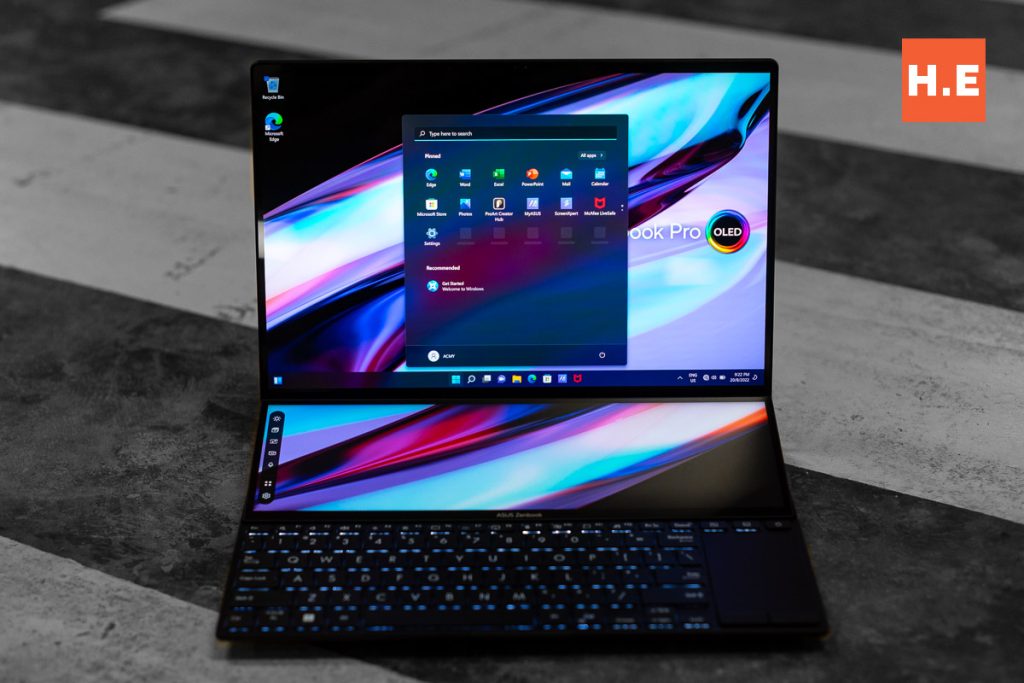
OLED displays have only recently become mainstream on smartphones and laptops, although we can expect them to make waves in the desktop monitor space soon too. Most OLED panels tout 100% DCI-P3 color gamut support, and nigh infinite contrast ratios, due to the way OLED illuminates each pixel individually, instead of relying on backlighting technology. Color accuracy is also maintained across all the brightness range, unlike LCDs which visibly display duller colors at lower brightness levels.
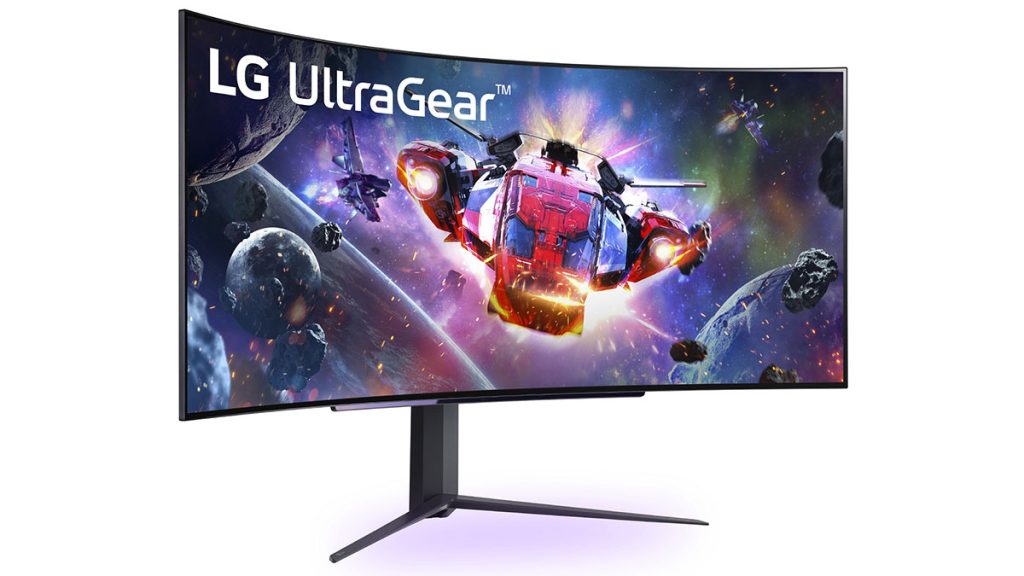
On top of that, while TN panels have the fastest response times of LCD panels, with up to 0.5ms panels spotted in the wild, OLED panels have them beat easily with as quick as 0.1ms response times. Recent developments are also seeing up to 240Hz panels appear. Other benefits of OLED panels include lower blue light emissions. As you might be aware, blue light exposure can affect sleep quality and also cause discomfort. You can get lower blue light on LCDs too, but that usually involves a tint which messes with your color accuracy, unlike OLED which naturally have lower blue light.
Should I wait for an OLED monitor then?
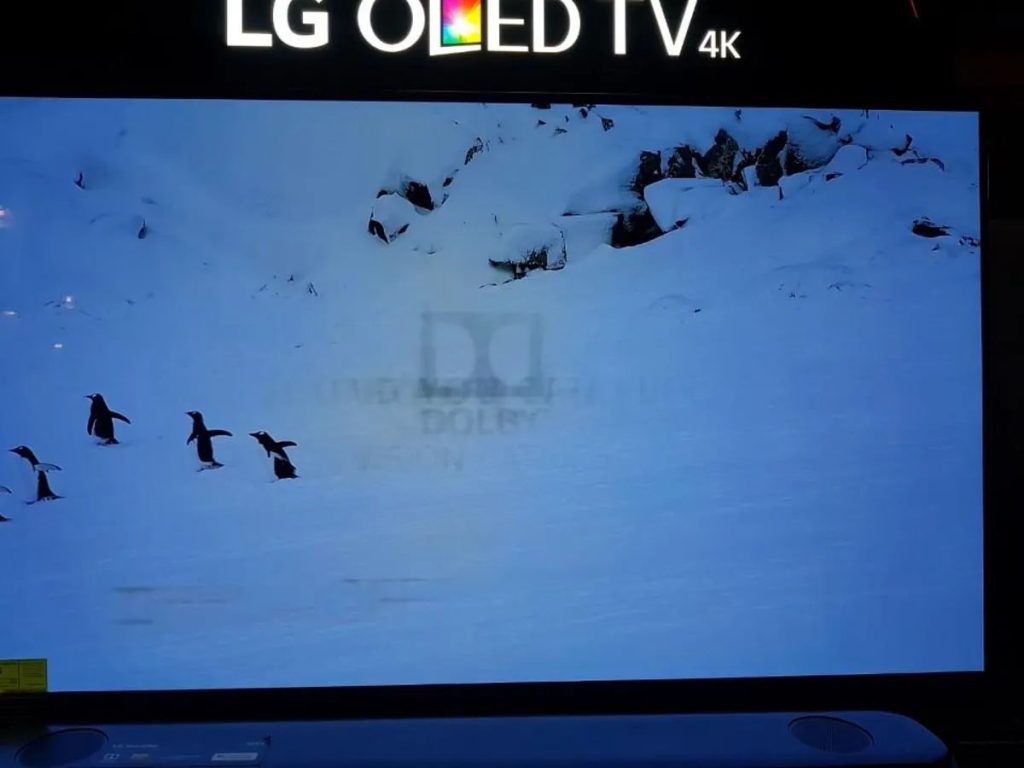
Sounds like the perfect display technology then, right? Well, like anything, there are drawbacks. The main issue with OLED panels is burn-in. It is worth noting that the latest panels are a lot less prone to this versus OLED panels in the past, and algorithms like pixel refresher and pixel shift have been developed to prevent static elements from being burned into the screen. ASUS implements this across their laptops, and we have yet to see anyone complaining of burn in. Running a screen saver when idling can also help avoid burn in issues from happening to your display.

Another major drawback is the cost of OLED panels. Just look around you and you will probably see that the average OLED display costs a lot more than the average LCD display. The benefits arguably outweigh the cost, but that’s really up to you. However, as affordable smartphones and laptops are also now packing OLED screens, I do believe that it is only a matter of time before OLED monitors become mainstream. What’s next, then?
Well, we can only wait and see. In the meantime, I am happy with my TN and VA combo on my desk. Until next time, mates.





